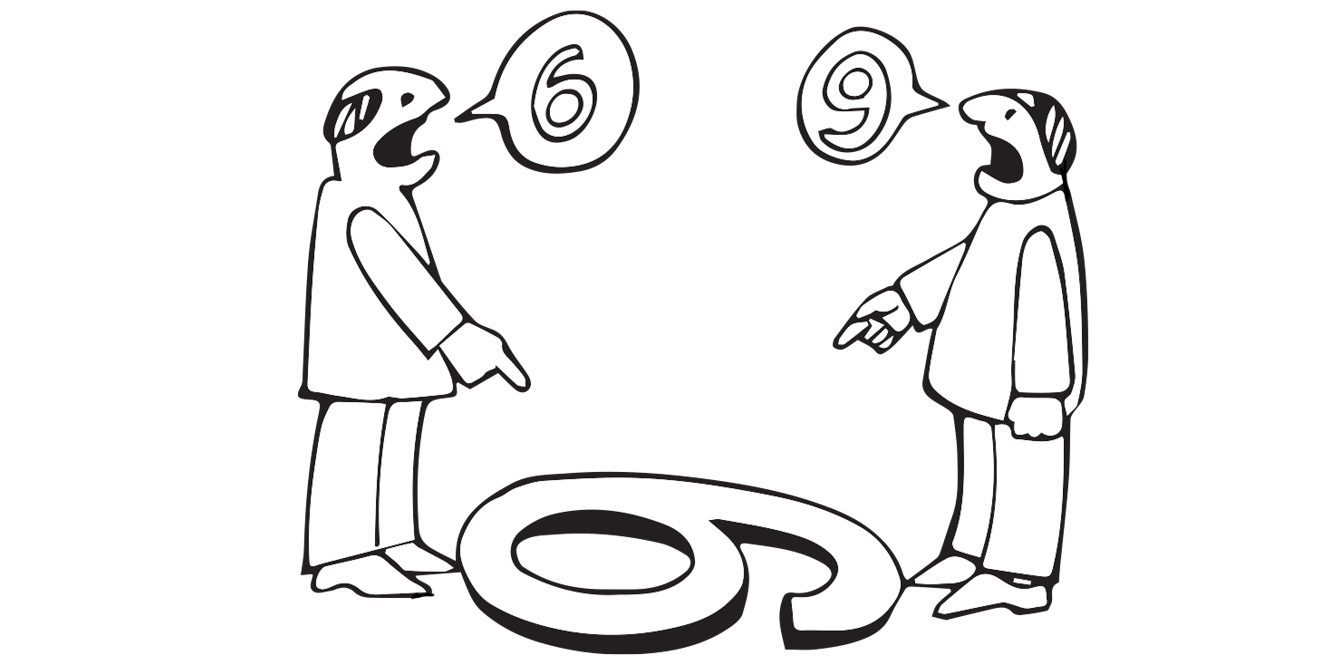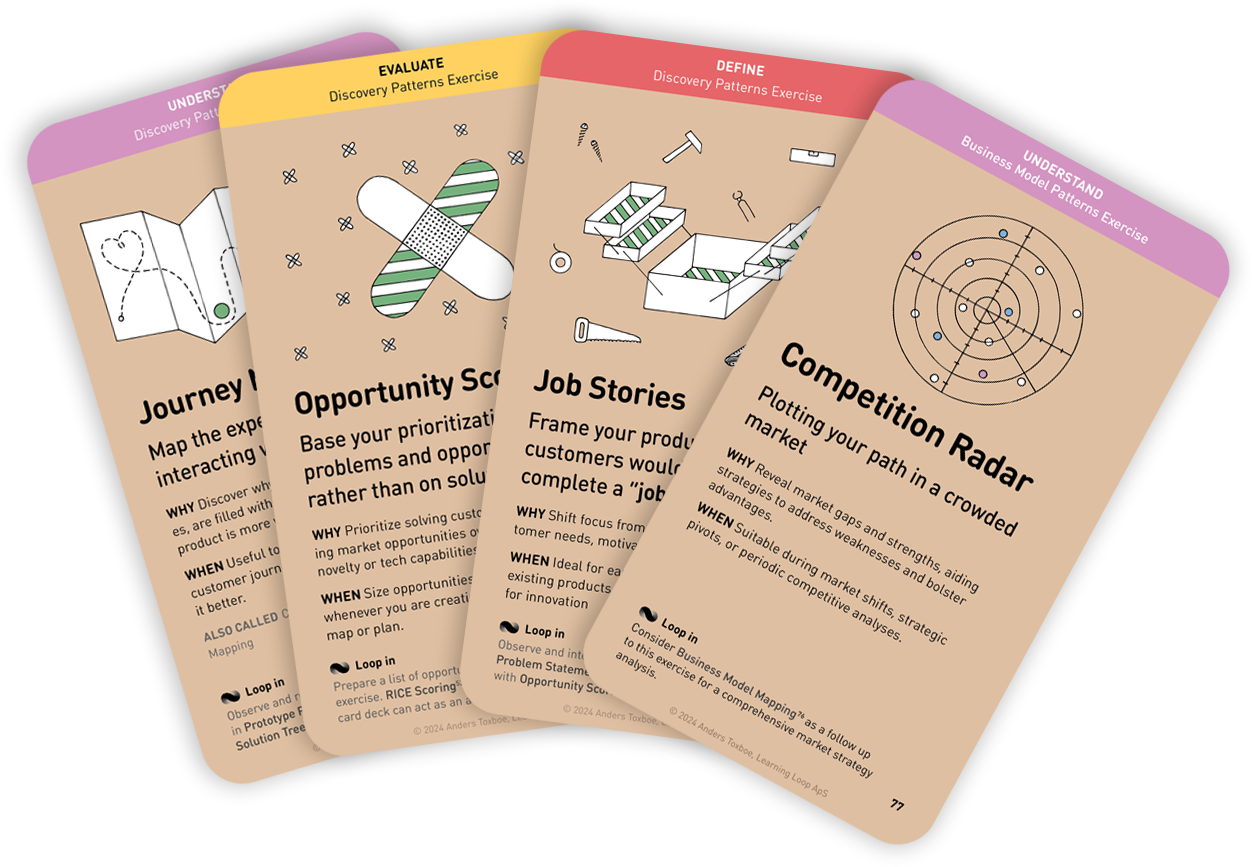Workshop Exercises: Understand
Assumptions Collection
Reflect on what you know and what you still need to understand

Why: Identify areas where additional research is needed and minimizing risks associated with unfounded assumptions
When: Useful for critically examining your current knowledge, surface assumptions, and guide further research or investigation
Instructions for running this play
- Having the right people answering questions is key to the success of this exercise. Ensure that key stakeholders are invited to the meeting. Try Stakeholder Mapping before this exercise to find the right people.
- Do a Silent Storming, Timeboxed for 15-20 minutes asking participants to answer the trigger questions below on sticky notes – framed as new questions. Rewrite the trigger questions to be relevant to your project if needed.
- Playback findings and do Affinity Mapping to spot trends.
Desirability trigger questions
- What problems do our customers want to solve? Tip: What does your customer struggle with or what need do they want to fulfil?
- Why can’t our customers solve this problem today? Tip: What obstacles have prevented customers from solving this?
- What is the outcome our customers want to achieve? Tip: What qualitative / quantitative outcomes happen in your customer’s life?
- Who are the target customers for the solution? Tip: Who both want the outcome and want to pay the price?
- How do our customers solve this problem today? Tip: Are there manual implementations of what you want to automate?
- Why will our customers stop using their current solution? Tip: What is the Aha moment that will make your customers prefer you?
Viability trigger questions
- What are our main acquisition channels for obtaining customers Tip: What will be your one or two main acquisition channels?
- How will our customers repeatedly use our solution Tip: What would customers come back to do and how often would they do it?
- Why will our customers refer us to new customers Tip: What is the Aha moment?
- How does this solution support our company vision? Tip: How does this solution align with your core values?
- Who are our primary competitors to our solution? Tip: Both direct and indirect
- How will our solution generate revenue? Tip: What will be the primary way you make money?
Tips to perfect this play
Master and adapt the play to fit your context and needs.
Tip: Trigger questions inspiration
Both Giff Constable and David Bland have published excellent starter trigger questions online to explore even more types of assumptions.
A collection of workshop exercises that will help you ditch dull meetings and facilitate with confidence. It will help you master the design process and have more productive time with your team. The card deck will be ready for purchase in the end of 2026 and is now undergoing rigorous testing.
Reserve your deck!- Video: How to Get Started with Assumptions Mapping by David J Bland
- Assumptions Mapping Worksheet by David J Bland
- Assumptions exercise by Giff Constable
- Assumption Collecting by Charles Burdett
- Design thinking activities and tools

